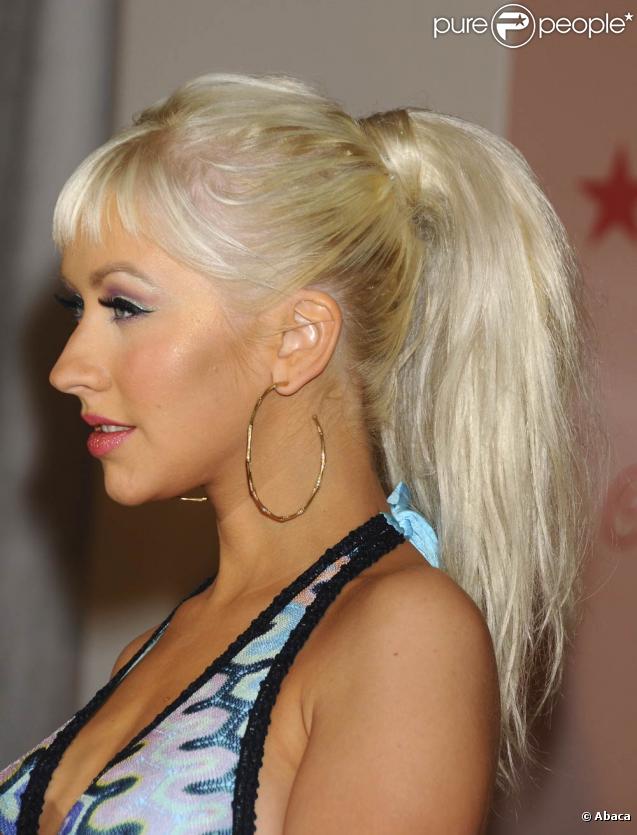Ponytail equation
The ponytail equation is
l^3 R_{ssss} - ( L - s ) R_{ss} + R_s - \pi ( R ) = 0
where
\pi( R ) = \frac{ 4 l^3 P }{ A \rho R }
In these equations l is the length at which gravity bends the hair
l = ( \frac{ A }{ \lambda g } )^\frac{ 1 }{ 3 }
where g is the acceleration due to gravity, A is the bending modulus and λ is the density of the hair. A is defined to be
A = \frac{ E \pi d^4 }{ 64 }
E is a constant equal to 4 gigaPascal and d is the average diameter of the hair.
L is the length of the switch of hair in the ponytail, R is the ponytail radius, s is the arc length from the clamp on the ponytail, P is the pressure due to the clamp and ρ is the hair density
\rho = \frac{ N }{ \pi R^2 }
where N is the number of hairs in the ponytail. Rs is the partial derivative of R with respect to s.
The Rapunzel number (Ra) is the ratio
Ra = \frac{ L }{ l }
The numerical values used in this equation were the average density of human hair (1.3 grams per cubic centimeter), a bending modulus ( A ) of 8 x 10−9 Newton meter2, a linear mass density of hair ( λ ) of 65 microgrammes per centimeter and the major diameter of the hair (human hair is elliptical in cross section) of 79 +/- 16 micrometers. N was taken to be 100,000 - the average numbers of hairs on a human head. The constant E was that of nylon which is similar to hair in its bend and twist moduli. The length L was taken to be 25 centimeters. These values give a length at which gravity bends a hair of l = 5.
The authors found empirically that by ignoring the second and fourth order derivatives of R with respect to s in the equation allowed for an exact solution to the equation that produced an excellent fit to the observed ponytails.
The authors also found that the spread of the ponytail around the anteroposterior axis (front-back) was symmetrical and made an angle of ~17 degrees with this axis. This angle was approximately constant in all the lengths tested.



 LinkBack URL
LinkBack URL About LinkBacks
About LinkBacks






 Répondre avec citation
Répondre avec citation


















